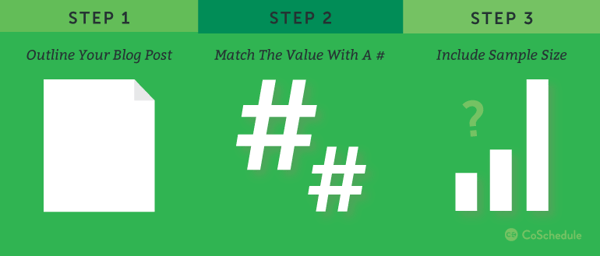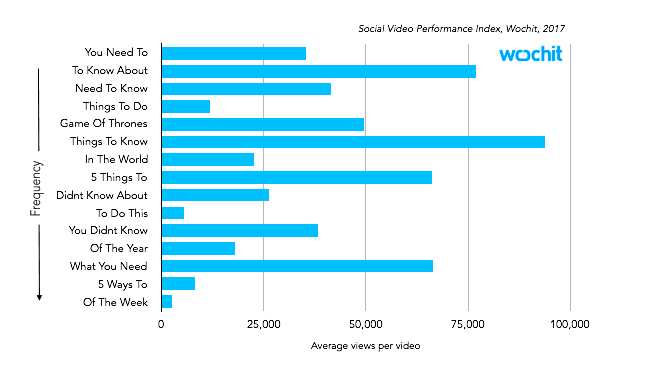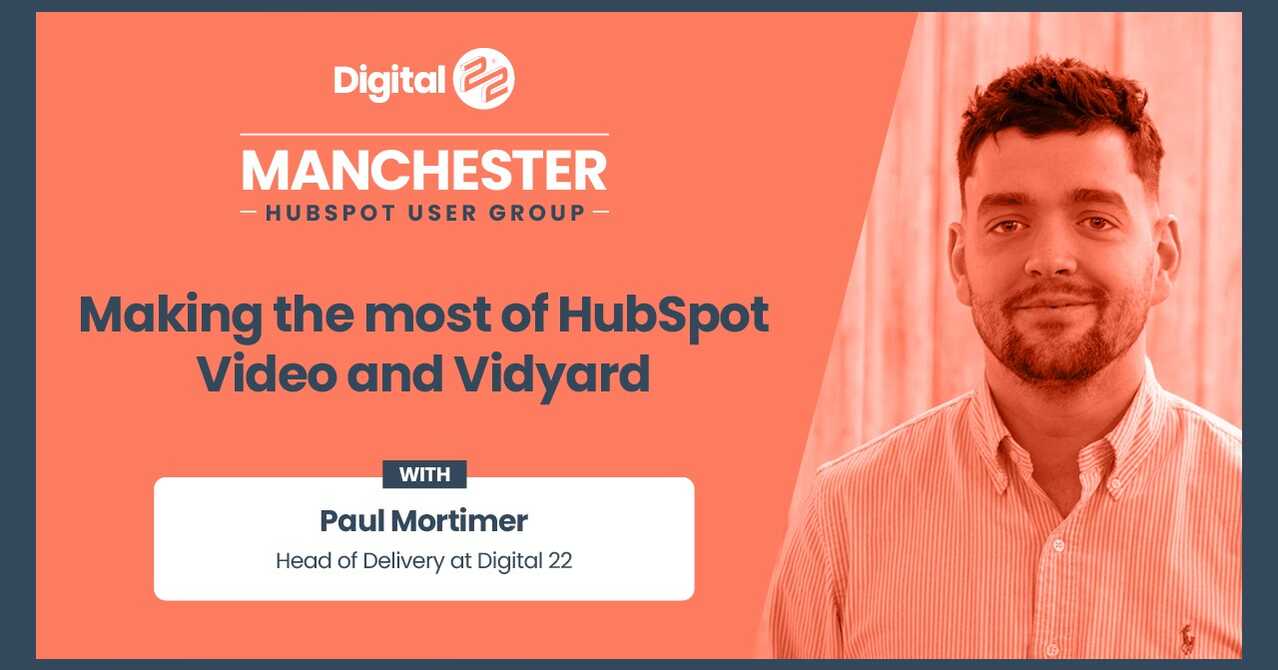In a world where video is the norm and is often expected, knowing how to create your own video...
Whilst on-boarding new clients over the past six months, many have wanted to produce blogs. A recurring question has been, "What should we write about and how do we plan blog titles?" With that in mind, we had our topic to talk about at the August
Manchester HUG
event.
I wanted to call this talk, "How to Plan Blog Titles that Meet Both SEO Needs and are Enticing Enough for a Persona to Click on When Viewed on the SERP and Also Meet Optimisation Targets in Terms of Character Limits (Whilst Also Being Super Entertaining)... In 5 Killer Steps" but Rikki and Mark said it would break the
landing page design
.
Apart from being the worst title ever (HA HA! That's the joke! #irony), it also shows what we take into consideration when planning blog titles. Here are five things to think about when planning blog titles...
-
"How to Plan Blog Titles" = Showing knowledge right there in the title.
-
"Meeting SEO Needs" = By tying the title and the content together.
-
"Enticing Enough for a Persona" = By using the best contextual language for a precise scenario .
-
"Optimisation" = Technical SEO requirements.
-
"In 5 Killer Steps" = Using emotive language which your persona gets.
And before we get to that point, we plan a campaign which lasts 90 days. First, we give the campaign a focus and plan a download piece or other piece of premium content. Then, we work out what topics make sense to blog about in order to lead people into downloading that content. Then we keyword research. And then we get into planning titles, which involves thinking about five things at all times...
1. Showing Knowledge is Important
Use your title to show the knowledge that is waiting within the blog. There's no point and little to gain by being cryptic or click-baity. If someone is Googling, "How to do [something]
quickly
," then give them a blog title that is "How to do [something]
quickly
."
But, of course, everyone has thought of that so you need to do something extra.
Wordstream
analysed loads of blogs and found "How to..." was by far the most popular title format.
CoSchedule
teach us to promote value too, in three steps:

-
Outline your blog post ("How to save time")
-
Quantify that benefit ("How to save 30 minutes a week")
-
Add authority ("How to save 30 minutes a week with tips from 5 top marketers")
People want knowledge, so give it to them.
2. Give the User What They Want
Give the user what they want and you'll climb up the rankings. If you don't, people will bounce and Google will mark you down for a content and title mismatch.
Your content wasn't good enough for the user to stay on your page. Or, the content didn't match the context of the keyword.
Either way, you're offering poor UX and that won't get you anywhere in
Google's semantic mind
. Speaking of which...
3. Entice Your Persona in the Right Way
Hand-in-hand with the previous point is using the right kind of language for the context your persona
. If they're reading on a 30 minute train journey, give them a deep dive. If they have 20 seconds during a meeting with their boss, give them "3 quick tips."


Meet your persona in the context they're researching in and you'll have better success. If you think your persona might use three different types of content on the same topic - write all three.
4. Optimisation (It Goes Without Saying, but Let's Say it Anyway)
Google's rules change often. Fair one. All you can do is plan for the current laws, which are:
-
Keep your title to 65 characters max.
-
Keep your meta to 160 characters max.
-
Don't stuff keywords (there's ZERO benefit, only penalties. Especially in a topic cluster world).
-
Make sure your content and title match (reminder of point two).
5. Speak Your Persona's Language
We say it a lot, but it "all comes back to your persona." Use phrases and points of reference that your persona likes and understands. The title of this talk used "killer steps" because it was to a room of inbound marketers. They get it. They see that phrasing every day. Whether they
like
it is doubtful, but they accept it.
Work out the voice your persona speaks in and give them titles that sound familiar. It'll make your title a lot more inviting than the one below it on the SERP.
Download the Slides and Join us at the Next Manchester HUG
Hopefully, this has been useful to you. You can get hold of the slides from the talk, here.
If you like the look of the Manchester HubSpot User Group, join us at the next event in 2020.



